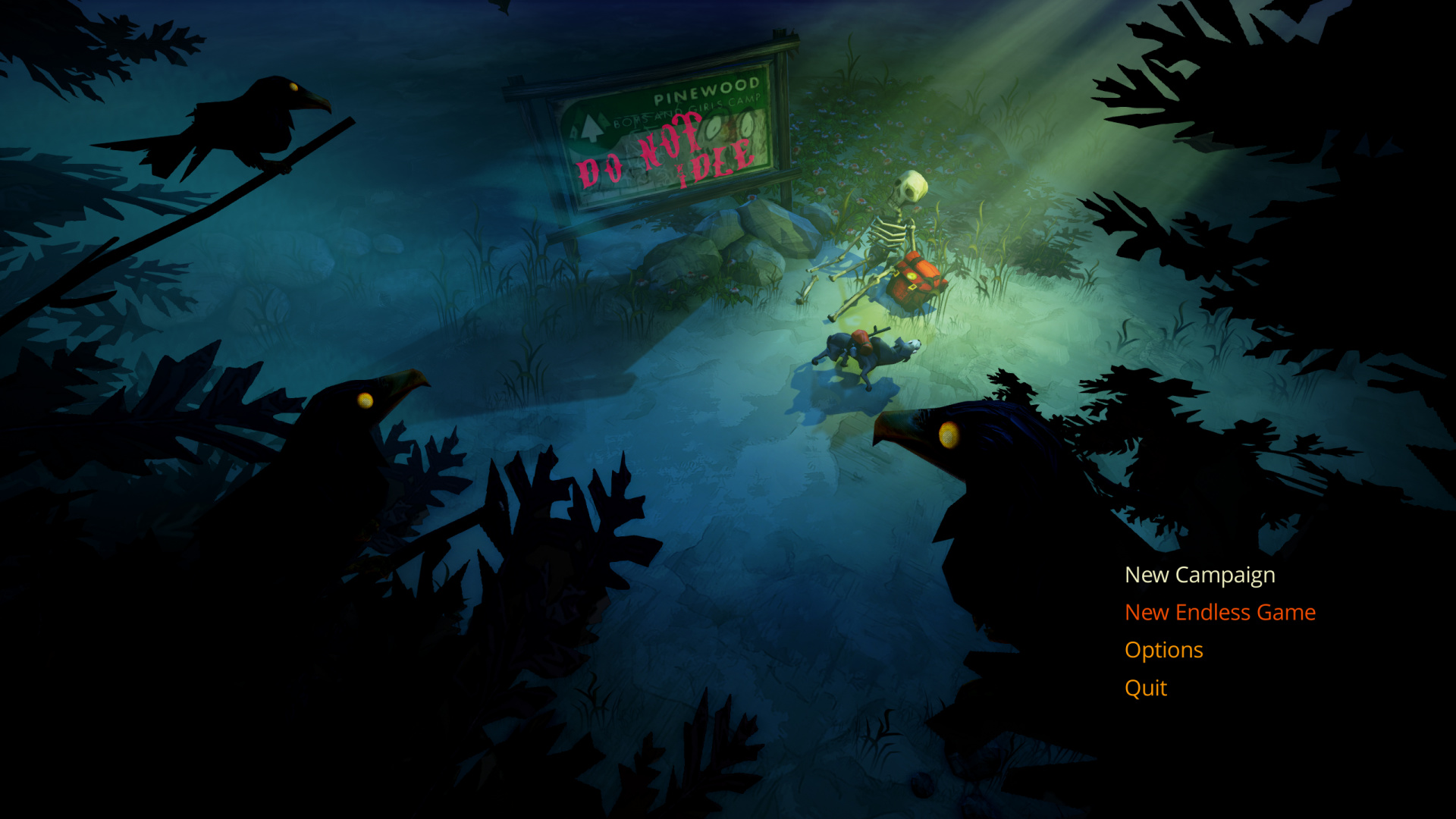

Thus it's not really possible to plan ahead and we have to live in the moment, trying to survive the here and now, our immediate goal often just to make it through to tomorrow. It costs too much energy to paddle upstream and often what we find we can't take with us anyway. Therefore, the game becomes a grim battle for survival that feels authentic, and it's not made easier by the strong currents of the river that pull the raft left and right, ensuring that we don't have the opportunity to explore everything. But carrying food, water, a complete pharmacy, somewhere to live, clothing and so on, is unfortunately impossible, and there's some difficult decisions to be made in relation to inventory management. All this needs to be attended to straight away, otherwise the adventure will be cut very short.

Survival requires finding the resources to stave off hunger, exhaustion, overheating and thirst - and there's also the risk of disease or injury. The whole time we're stopping off on the way, finding items that might be helpful, often only to realise that we simply don't have the space in our inventory to carry them all. To survive, we have to remain constantly in motion, on the move, and there are never enough resources in one place to sustain you as the journey follows the twists and turns of the river. The US is no longer what it was, now it's a dystopia, a flooded hell, one that brings to mind a slightly less radioactive Fallout 4. This player-driven story flows through a near-future that has fallen to pieces. It really does feel like us against the world in this new procedurally generated adventure from The Molasses Flood. Our protagonist is a young woman, Scout, alone and equipped with only a small backpack, her trusty dog her only companion. Video games that ask you to survive with nought but meagre resources are nothing new, but the question is whether it's a device that has ever worked as well as it does is in The Flame in the Flood.


 0 kommentar(er)
0 kommentar(er)
